Christmas in Iceland is the most wonderful time of year. In December, the conditions are excellent for viewing the Northern Lights, one of the world’s most spectacular sights to behold. There’s Jólabókaflóð, Þorláksmessa, Aðfangadagur, and numerous other cherished customs to enjoy!
However, there are a few traditions which are exciting in a slightly different way. For example, there are human-eating ogres and a Christmas Cat that has been known to kidnap and eat children during this time of year. And be advised, seals take on human form during the holidays!
The holiday customs for Iceland are among the most interesting in the world. Join us as we explore the holiday traditions of this fascinating country.
BLINDED BY THE LIGHTS
The spectacular phenomenon known as the Northern Lights are one of the main reasons, if not the #1 reason, that people spend Christmas in Iceland.
In Icelandic folklore, the Aurora Borealis were caused by elves and hidden people known as Huldufólk who danced in the dark night sky. Supposedly, these supernatural beings come out of their homes to celebrate and dance under the bright lights.
ON THE SAME WAVELENGTH
Amazingly, it is actually electricity which causes the aurora, if you prefer the scientific explanation. The reaction of magnetic with electrical forces in constantly changing combinations causes the lights. In essence, these shifts and flows can be seen as the auroras “dancing” gracefully along beside the atmospheric currents. The pressure and composition of the atmosphere varies at different altitudes and causes considerable color variations. Mostly, however, green and white are the dominant colors.
At extremely high altitudes where pressure is low, oxygen molecules produce a reddish glow when they are struck by the solar wind particles.
At lower altitudes with higher pressure, molecules may glow with reddish or greenish tint when nitrogen molecules are in the vicinity.
SCIENCE SCHMIENCE
That said, Icelanders will strongly suggest that you don’t let the scientific explanation spoil your appreciation of the splendor of the Northern Lights. No matter what the cause, they are an impressive spectacle shining brightly in the winter sky. For Aurora Borealis forecasts and estimates for Iceland, the Auroral Activity map is a reliable reference.
THE FIRST TRADITION TO ARRIVE
Chronologically, the 26-day Christmas period begins at the arrival of the first Yule Lad on December 12. These are Iceland’s version of Santa, but look more like trolls. Other than bringing gifts to children, there aren’t other similarities with St. Nick other than the time of year for their visit. The Lads come down from the mountains one at a time on the 13 days before Christmas, and they leave the same way, in the same order, 13 days after Christmas Eve. Their exit marks the end of the season for Christmas in Iceland.
PROUD PARENTS
Grýla and Leppalúði are the parents of the Lads who live in a cave and are known for eating naughty children. In the early days, the 13 lads repeated their parents’ habits but in time, they have become more human-like and far more innocent characters, yet still mischievous pranksters.
GIMPY, COME ON DOWN!
Introducing the Yule Lads, with common names and descriptions, in order of arrival to visit Iceland’s children starting on December 12:
Stekkjarstaur or “Gimpy” – Has a wooden leg. Bothers sheep in the farms of Iceland.
Giljagaur or “Gully Imp” – Hides in gullies waiting for a chance to enter cow shed to steal milk.
Stúfur or “Itty Bitty” – The shortest one known for stealing food from frying pans.
Þvörusleikir or “Pot-licker” – This guy is extremely thin from malnutrition, so he licks spoons.
Pottasleikir or “Pot-scraper” – Steals leftovers from pots.
Askasleikir or “Bowl-licker” – Hides under beds and waits for someone to put down their askur (dish) to steal.
Hurðaskellir or “Door slammer” – Likes to slam doors especially at night to wake people.
Skyrgámur or “Skyr -gobbler” – Has an affinity for skyr (like yogurt)
Bjúgnakrækir or “Sausage Stealer” – Hides in the rafters and steals sausages as they are being smoked.
Gluggagægir or “Window-peeker” – A snoop looking for things to steal.
GáttaÞefur or “Doorway Sniffer” – He has an extremely large nose which has an acute sense of smell for a special bread.
Ketkrókur or “Meat Hook” – Simply uses a hook to steal meat.
Kertasníkir or “Candle beggar” – Follows children to steal their candles, which used to be edible.
NAUGHTY OR NICE?
Thankfully, they are now more playful than their parents, and more like elves who like food and play tricks on people. The tradition is for the children to leave their shoes in their window sills at night. Then the lads leave small presents such as candy for them every night in their shoes. For example, if the child had been naughty, he may wake to find rotten potatoes in his shoes, or a note telling him to behave.
IT’S ALMOST HERE
The next celebrated event is Saint Thorlac’s Mass, named after Iceland’s patron saint, Thorlac Thorhallisson. He died on December 23, on Þorláksmessa. The custom is for families to prepare a simple meal to relax and enjoy. Often, families will decorate their Christmas trees on this day, too. Before settling at home for Christmas, the family may finish some last minute shopping or meet some friends as their final outings.
Because there were no native evergreen trees, Oslo, Norway gave Iceland their first Christmas tree in 1862. This tradition continues every year for the capital city of Reykjavik – always with a star or crown on top.
JÓL EVE
Next, Christmas Eve, or Aðfangadagur, is considered the most important day in the Christmas calendar. In fact, they used to stop television programming from 5 to 10 p.m. (but have since relaxed this rule.)
The Christmas meal begins at 6 p.m. After dinner, families exchange and open their gifts. Most people give and receive books and this tradition is called Jólabókaflóð, meaning “Christmas Book Flood.” This cherished custom reflects their love of storytelling and literature. Many receive treats too, like hot cocoa, chocolates, or beer. The evening is spent surrounded by loved ones, everyone reading their new books, sharing stories, and mostly, creating memories. Some go to mass later or meet with friends and neighbors to celebrate.
READERS ARE LEADERS
This beloved tradition started during World War II. Unlike many commodities, paper was not rationed in Iceland during the war, so books became the preferred Christmas gift. Despite popular belief, Jólabókaflóð wasn’t intended to be a campaign for literacy. Iceland already had one of the world’ highest literacy rates by the 20th century – a statistic that still stands true today.
In fact, Iceland leads the world in terms of books published, successful writers, and the number of books read per person. So it seems that Icelanders don’t just love to read. With nearly a 100% literacy rate, they are obviously obsessed with literature.
In terms of literary history, the first Icelandic library was started in 1786 – and schools were scarce. So, the people turned to books to educate themselves and created a love of learning that has continued to thrive.
ONE FOR THE RECORD BOOKS
A few other interesting statistics further illustrate the value of this Christmas tradition.
For example:
>Approximately one out of every 10 Icelanders will publish a book in their lifetime.
-The average person reads 2.3 books per month, and audiobooks are becoming more popular.
*Women and families with children are the most avid readers.
^Iceland publishes more books, per capita, than any other country in the world.
~Approximately 80% of annual book sales in Iceland occur during Jólabókaflóð.
+Many Icelandic youth read in languages other than Icelandic.
Gleðileg jól (Merry Christmas!)
Next is Christmas Day or Jóladagur on the 25th. Typically, families gather together, enjoying their gifts and sharing another big meal. The day is all about relaxing and enjoying being together, and celebrating in public is considered inappropriate.
CHRISTMAS DAY PART B
The following day, December 26th, is known as Boxing Day, or Annar Jóladagur. Some Icelanders refer to it as “the Second Day of Christmas” because the day is spent much like Christmas Day was, relaxing with family at home. In the evening, however, the custom is to head out to celebrate with friends as the bars reopen and activities such as dancing are once again allowed. In addition, there are huge bonfires in most neighborhoods for gatherings.
Also, fireworks are a big part of the Gamlárskvöld or New Year’s Eve celebration. Over 600 tons of fireworks will be fired to create an amazing display in the night sky.
CAN YOU TURN THAT DOWN PLEASE?
It is important to note here that after the bonfires but before the fireworks, there is another important tradition to observe. On television, Áramótaskaupið is a comedy show that highlights the events of the past year in a humorous way. Over 70% of Iceland watches this every year.
After the fireworks and partying of New Year’s Eve ends, Nýársdagur, or New Year’s Day, arrives and calms things down. Apparently the main custom for the day is to recuperate from the night before, relaxing at home with family.
THE PARTY’S OVER
Finally, it’s Þrettándinn on January 6, or the 13th Day of Christmas. People are taking down their decorations and preparing to return to work after the holiday break. And let’s not forget – the 13th Yule Lad returns to the mountains for the year ahead.
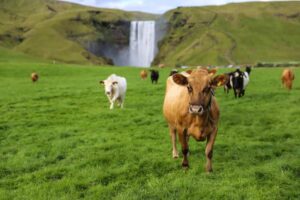
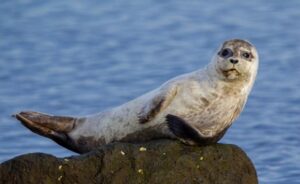
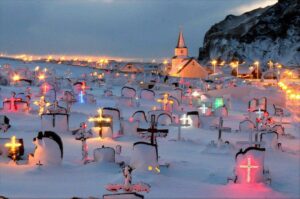
ODDS AND ENDS
Additionally, a few more non-traditional customs are observed throughout this holiday season. For example, cows will speak. Seals take on human form and elves move to a new home.
Also, Iceland’s cemeteries are decorated with lights for the holidays.
Similarly, the “Christmas Cat” is an issue. The custom is for Icelanders to receive and wear a new piece of clothing on Christmas Day. Otherwise, they will be eaten by the vicious Christmas Cat.
MY FAVORITE TRADITIONS
In my opinion, the holiday meal traditions are always interesting. Here are a few of Iceland’s most notable dishes.
HANGIKJÖT : Smoked Lamb, often smoked over sheep dung. Yes, you read that correctly. They will serve it with bechamel sauce and potatoes on Christmas Eve.
Rtúpa or Ptarmigan: This is a type of grouse living on the mountain sides that is boiled and fried. These are in limited supply.
Skate: A fish that is buried and fermented causing quite a smell. (Apparently, some even switch to old clothes to prepare and eat the meal, and switch back to nice and new clothing afterward so they won’t stink)
Laufabraud: These are thin sheets of dough which are fried and dusted with sugar or butter. Each family has it’s own leaf pattern. They look and sound delicious. Why not try to make it for your own Christmas meal?
LAUFABRAUÐ – LEAF BREAD
INGREDIENTS
3 1/2 cups flour
1 tsp baking powder
3 1/2 tbsp unsalted butter
1 tbsp sugar
1 cup plus 2 tbsp whole milk, heated to 115 degrees
Canola oil for frying
DIRECTIONS
First, whisk flour, sugar, baking powder, and salt in a bowl. Using two forks or your fingers, cut butter into flour mixture, forming pea-size crumbles. Stir in milk until dough forms. Transfer dough to a lightly floured surface and knead until smooth. Divide dough into 25 (1 oz.) balls. Working with 1 ball at a time, roll dough into a 7″ disk, about 1/16″ thick. Cover remaining dough with a damp towel to prevent dough from drying out.
Next, using a paring knife and working outwards from the center of disk, cut rows of nested V’s 1/4″ apart. Use knife to lift the tip of every other V. Fold each tip back to cross over the V behind it, pressing the dough to adhere. Store the cut dough disks between parchment paper and cover with a damp towel until ready to fry.
Finally, heat 2″ oil in a 6 qt. saucepan until a deep-fry thermometer reads 400 degrees. Fry 1 dough disk at a time, flipping it once, until it crisps, approximately 30 seconds. Transfer to paper towels to drain.
Clearly, Christmas in Iceland is fascinating. Watch the stunning Northern Lights dance across the Icelandic winter sky, casting a magical glow over the snow-covered landscapes. Join in the merriment brought by the 13 Yule Lads as they spread gifts and Christmas cheer to children. And gather around your tree with new books, hot cocoa, and loved ones making memories.
Christmas in Iceland becomes a truly enchanting experience. From their captivating folklore to the heartwarming traditions, this island nation embraces the spirit of the season in its own unique way.
Gleðileg jól!
Don’t Miss any of the 12 Days of Christmas:
Iceland- Day 4 (This post)
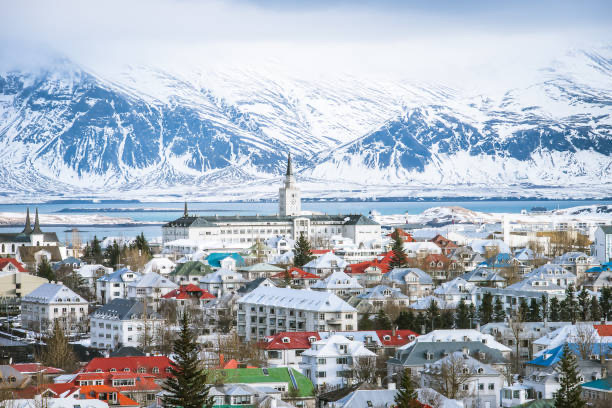
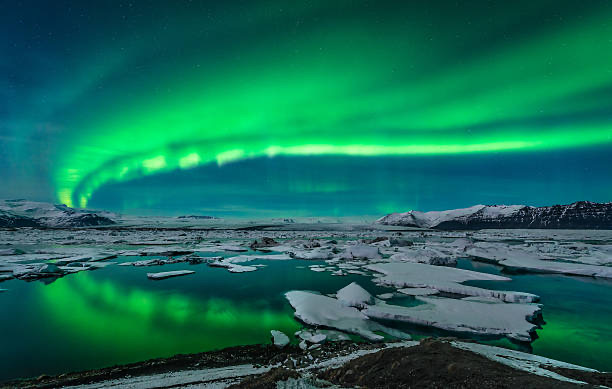
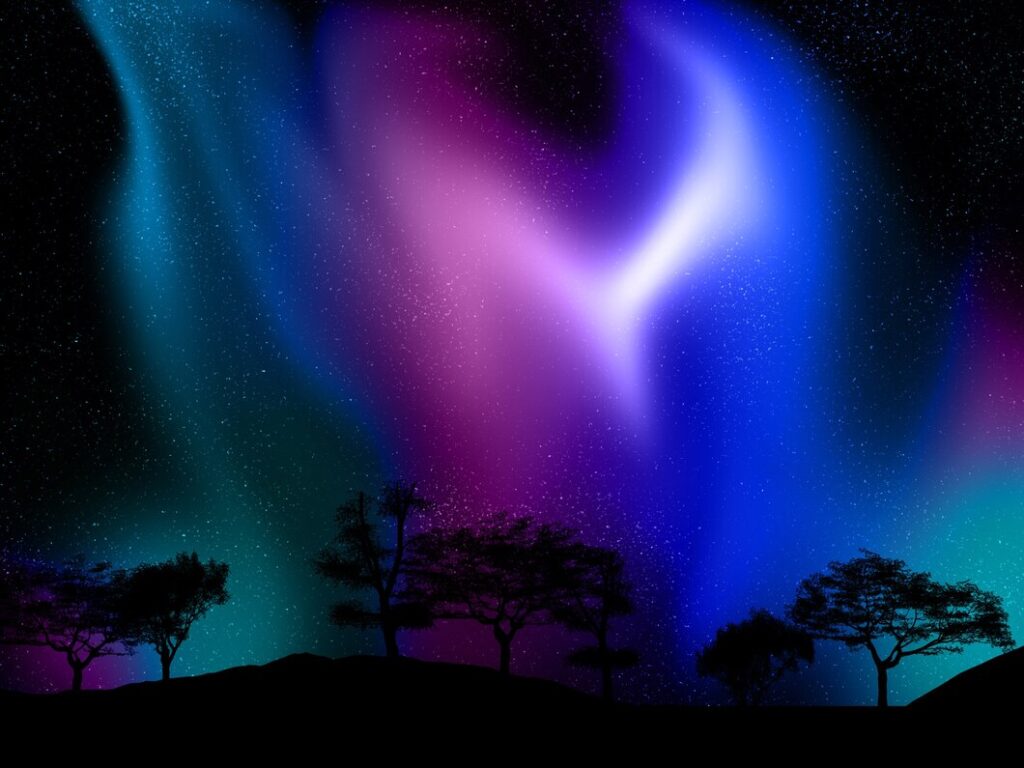

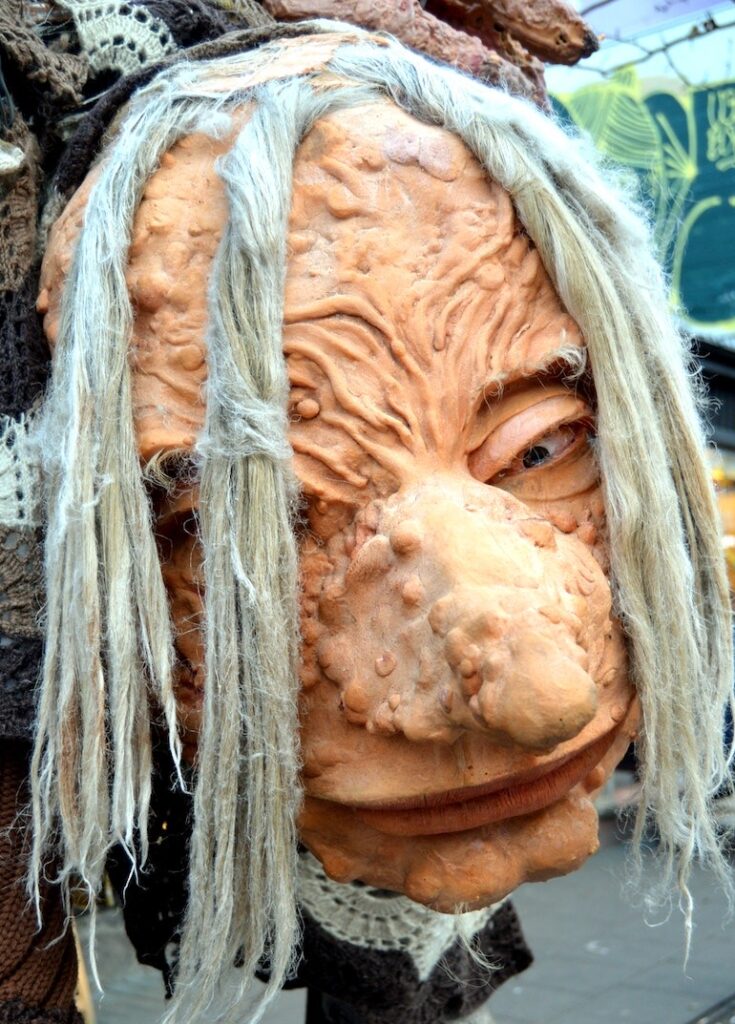

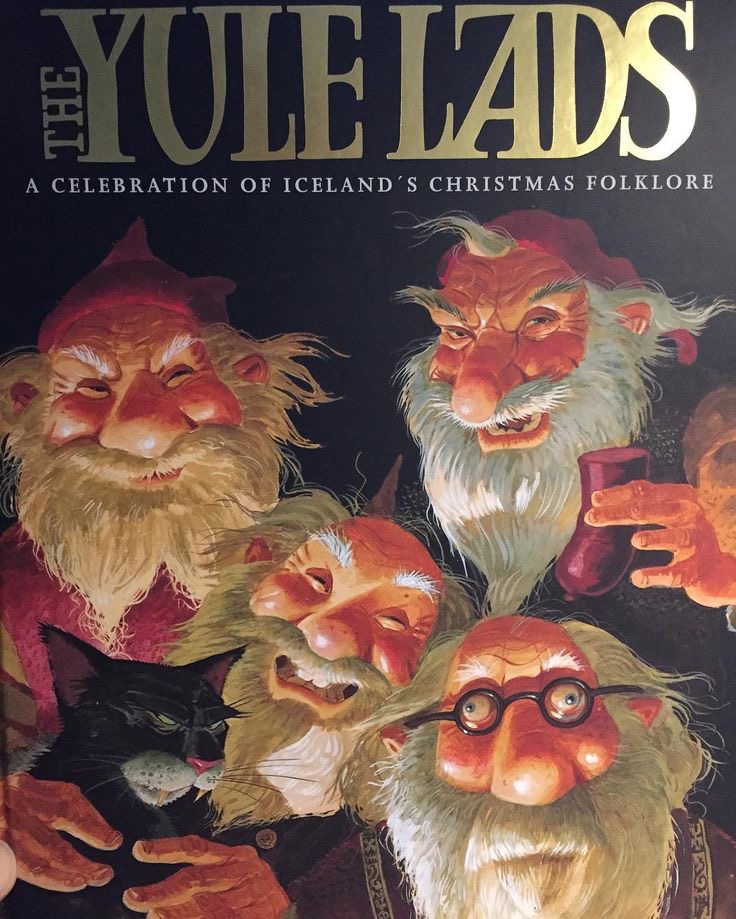
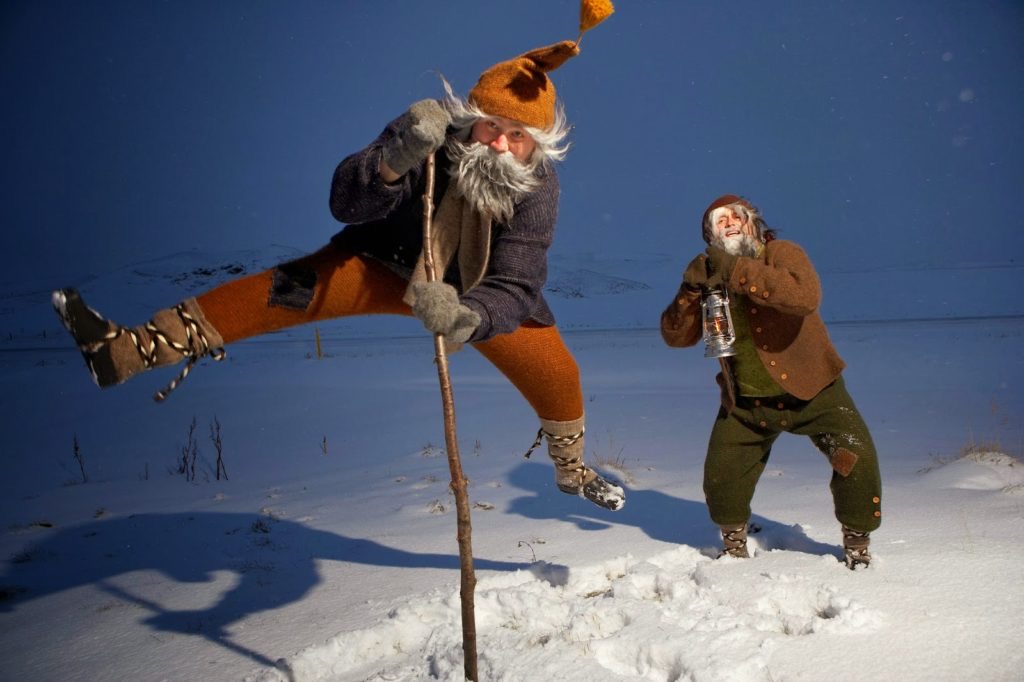

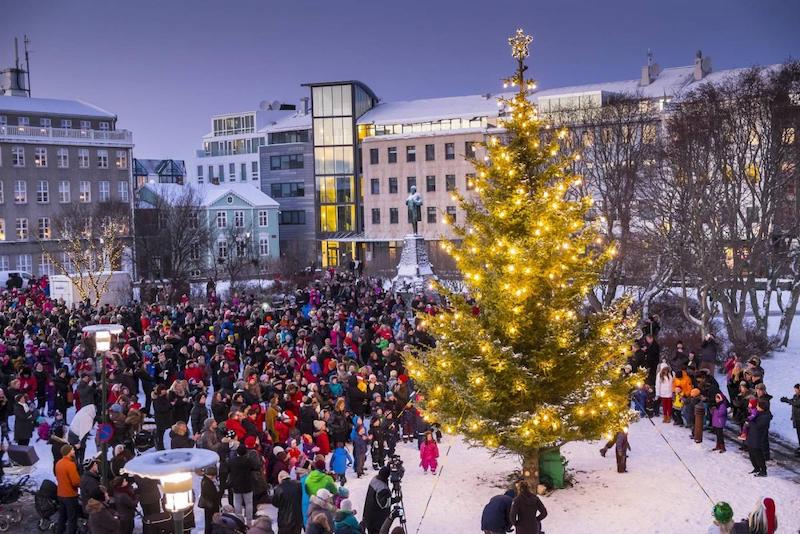

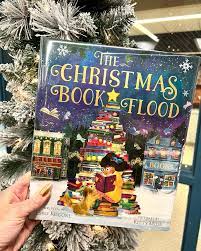

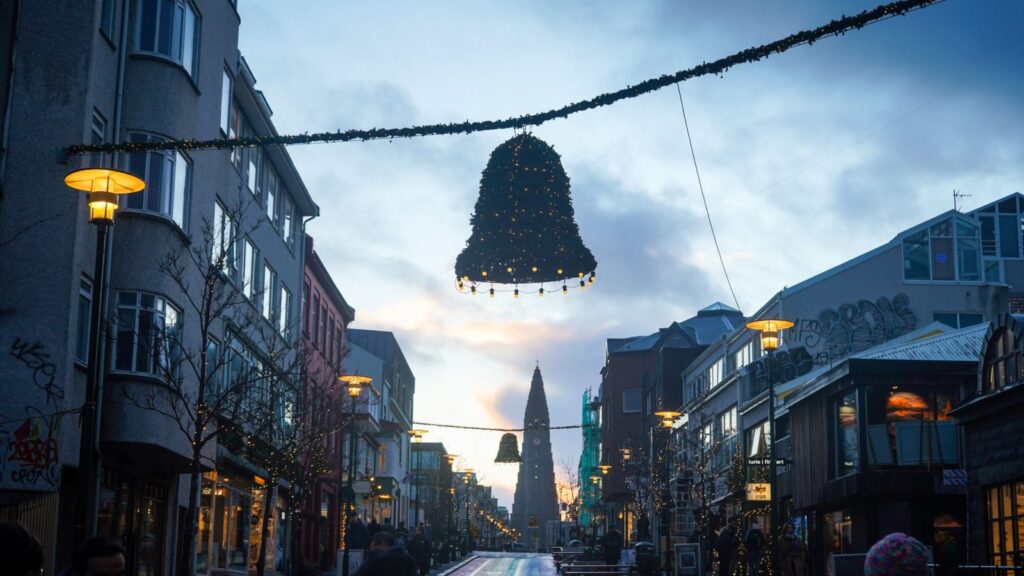
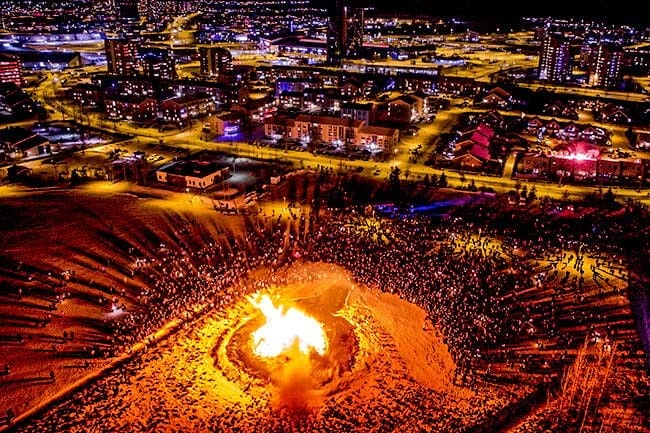
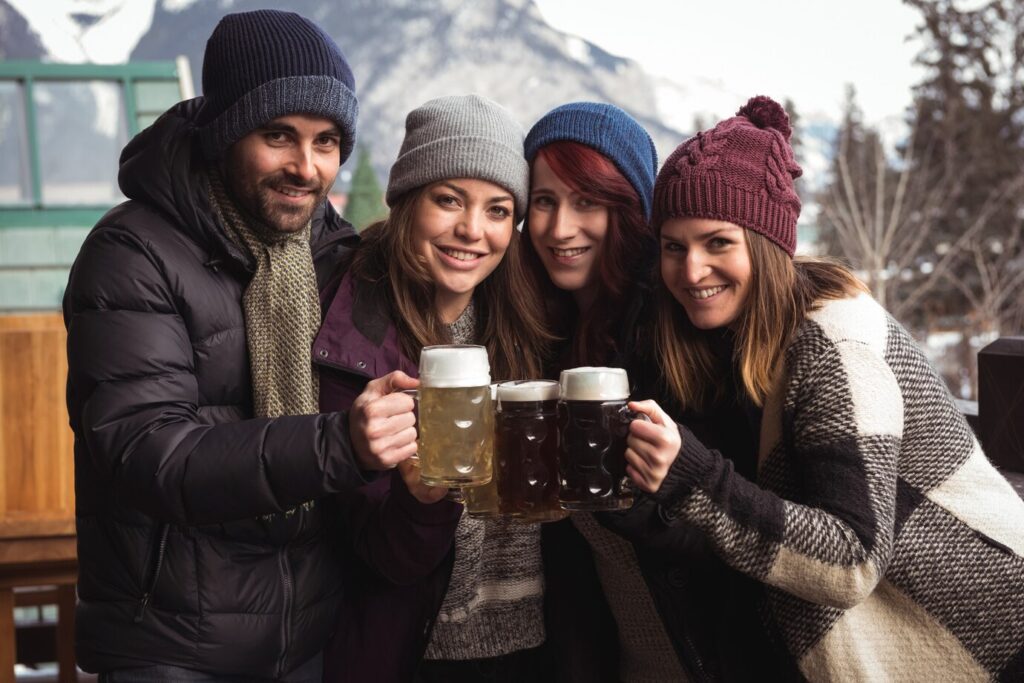
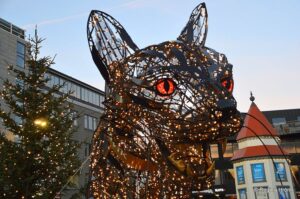
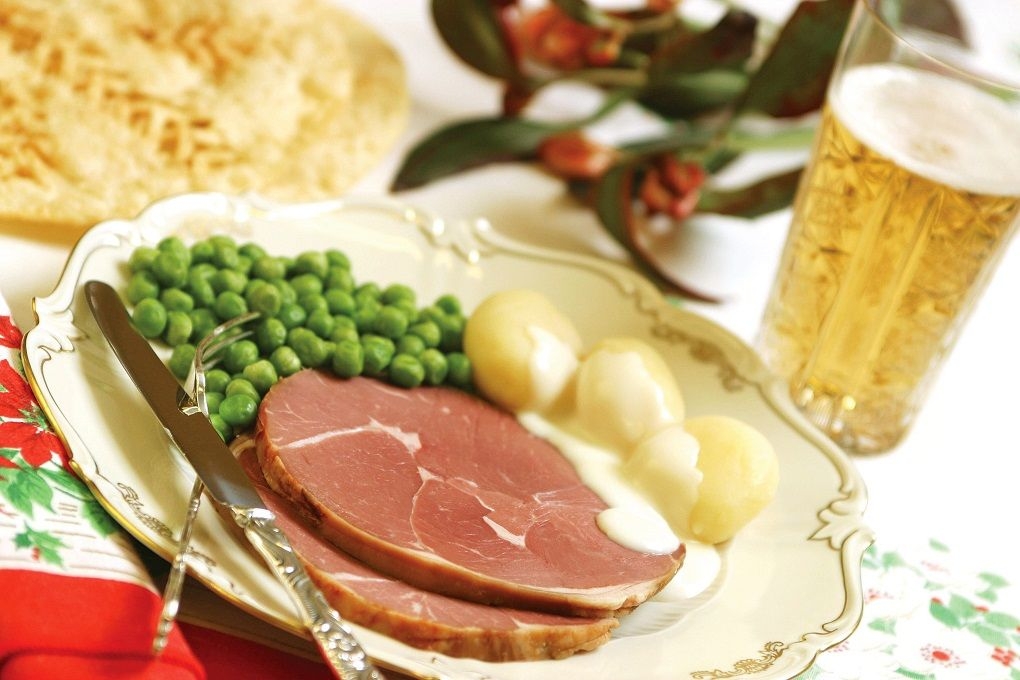
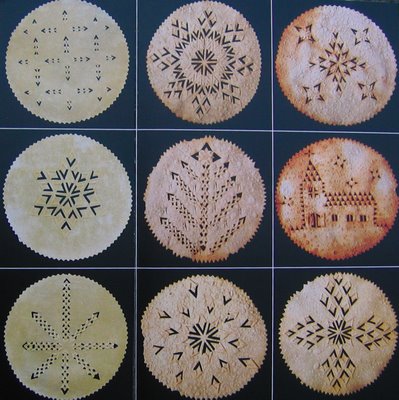
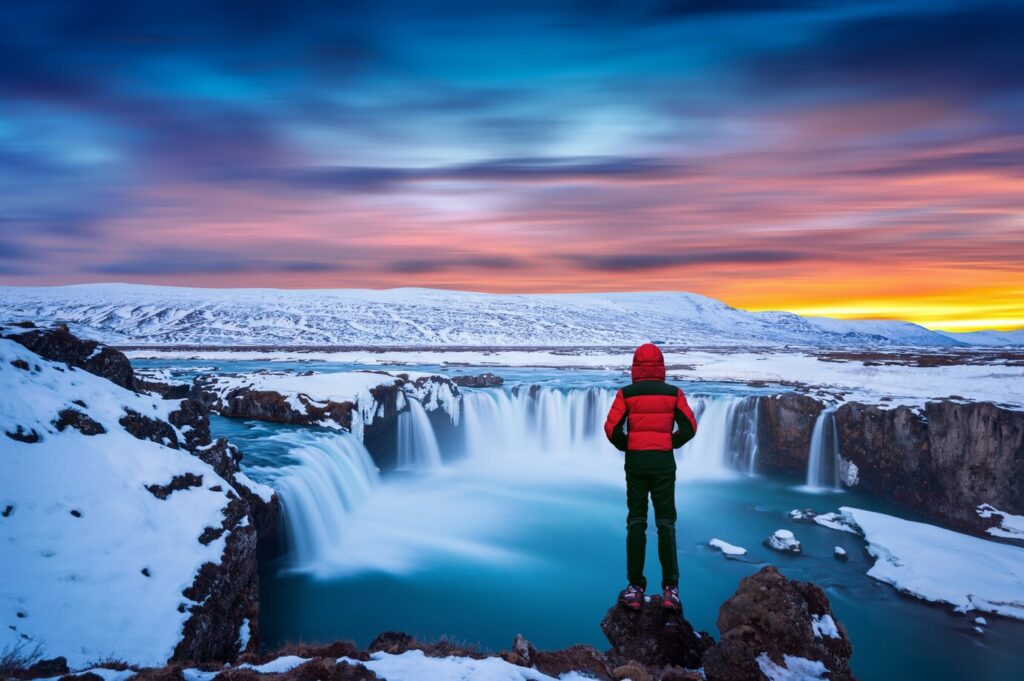
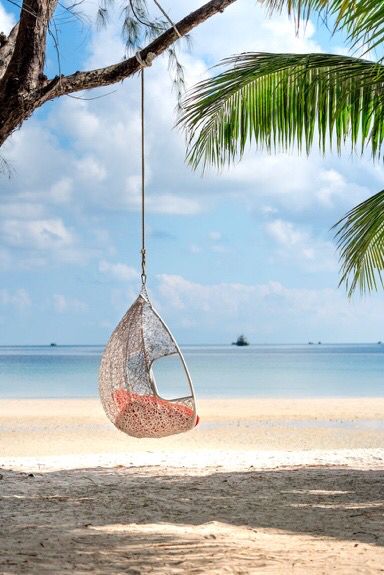


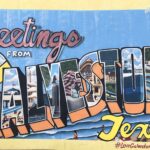



3 Responses
The Christmas customs of Iceland are pretty interesting to read about. Hearing for the very first time and everything is fascinating. Thanks for putting this awesome resource together!
We agree! Iceland is so amazing!! Thank you!
Iceland sounds like a dream! I would love to go someday.